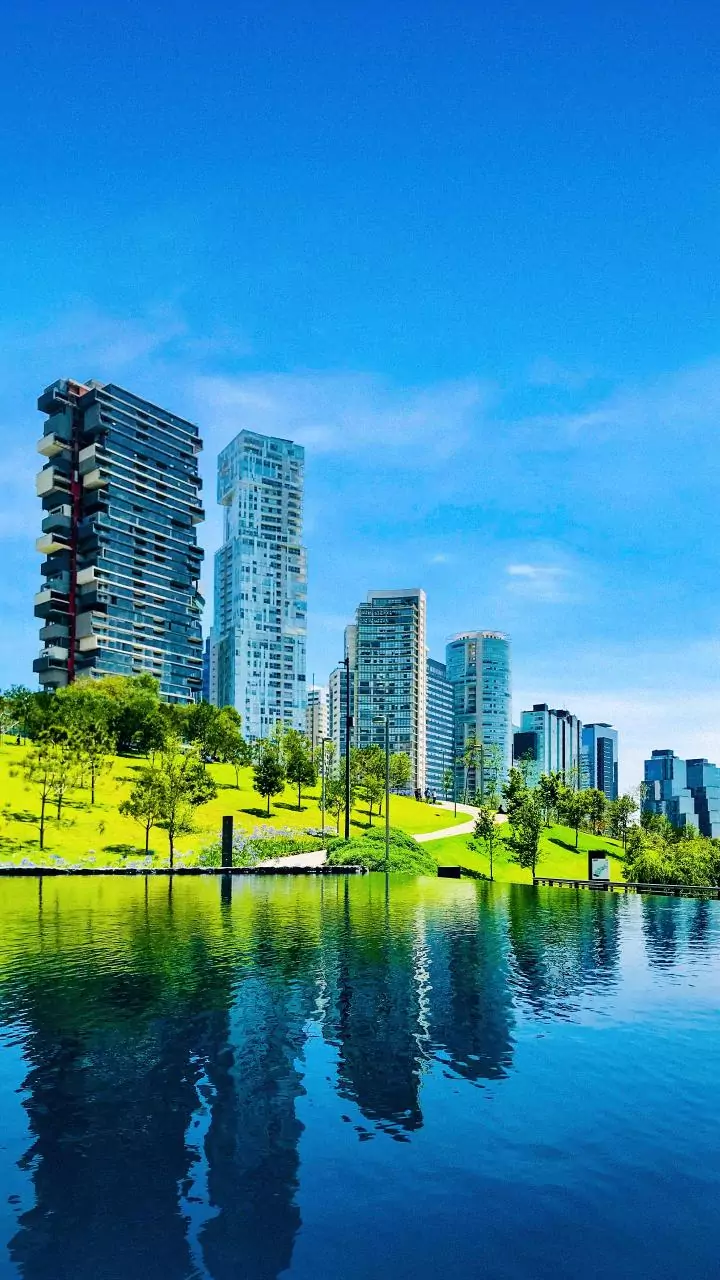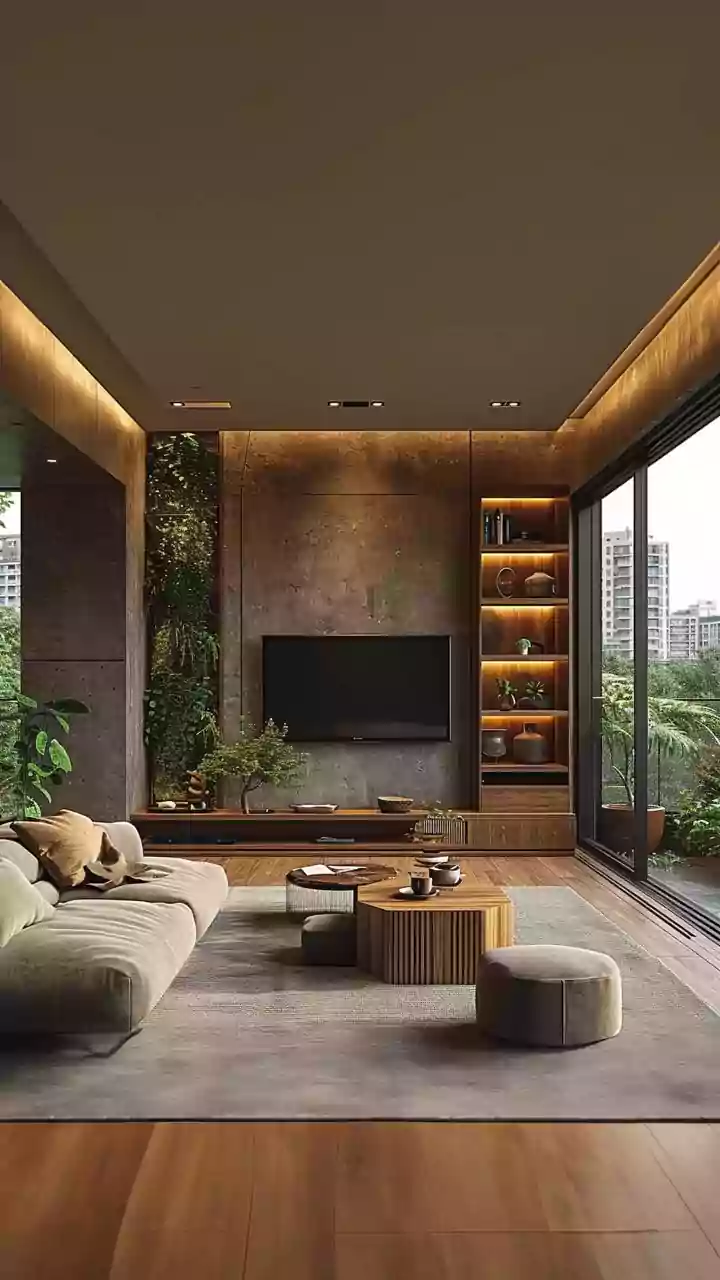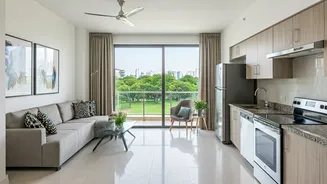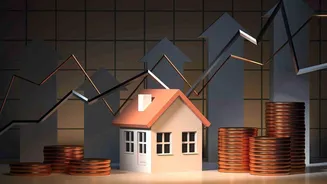Elevated Living: Overview
The allure of top-floor apartments often stems from the promise of superior views and a sense of exclusivity. However, alongside the advantages, potential
buyers must also weigh the associated costs and potential drawbacks. Factors such as pricing, building amenities, and personal preferences play significant roles in determining the suitability of a top-floor apartment. Considering these factors allows individuals to gauge whether the benefits justify the investment. Examining high-rise options and understanding what top-floor flats offer compared to others, will help in making an informed choice. Deciding on a top-floor flat versus another option requires careful consideration, acknowledging both the attractive features and the possible downsides, providing a comprehensive view.
Advantages of Altitude
One of the most appealing aspects of a top-floor apartment is often the panoramic views. The absence of obstructions usually provides unobstructed vistas, contributing to a sense of freedom and spaciousness. In addition to aesthetic appeal, top-floor apartments typically receive better natural light. Without the shadows cast by adjacent buildings, these units often benefit from increased daylight, which can lead to energy savings and a brighter living environment. Furthermore, they are often quieter, with less exposure to street noise and neighboring disturbances, promoting a peaceful atmosphere. Enhanced privacy is another benefit, as these units typically have fewer neighbors and less foot traffic. These advantages can significantly improve the quality of living for the residents.
Pricey Perspective
The elevated position and associated benefits of top-floor apartments often translate to higher prices. The premium reflects the desirability of the features. It is essential for prospective buyers to thoroughly assess their budget and determine whether the additional cost aligns with their financial capacity and investment goals. Furthermore, the real estate market influences pricing. Demand in the area, the specific features of the apartment, and the overall state of the housing market will contribute to the price. Researching comparable properties and understanding prevailing market trends will help buyers evaluate whether the asking price is reasonable and whether the investment represents a sound financial decision. Ultimately, a critical consideration is whether the benefits of top-floor living are worth the added expense in the long term.
Considering Disadvantages
While offering various advantages, top-floor apartments also come with potential drawbacks. One significant concern is the increased exposure to weather elements. The top floors are more susceptible to extreme temperatures, potentially leading to higher energy costs for heating and cooling. Another issue is the possibility of greater wind exposure, which may influence the building's structural integrity and potentially create drafts. Maintenance and repair costs can also be higher. For instance, roof-related issues or problems with the building's exterior may necessitate more extensive repairs that are shared among the residents. Considering these potential disadvantages alongside the advantages allows for a more comprehensive assessment of a top-floor apartment's suitability.
High-Rise Comparisons
When evaluating top-floor apartments, it is essential to compare them to other high-rise options. Consider factors like views, light, and noise levels. Apartments located on lower floors may offer easier access and often come at a lower cost. However, they may suffer from reduced views and potentially more noise pollution. Mid-level apartments can provide a balance between cost, views, and accessibility. They usually offer decent views and potentially less noise than the lower floors. The choice depends on personal preferences and priorities. It is important to carefully assess all factors before committing. The best choice ultimately depends on what an individual values most in a living space.
Making the Final Choice
Choosing a top-floor apartment requires careful consideration of personal needs, preferences, and financial capabilities. Weigh the benefits, such as panoramic views and increased privacy, against potential drawbacks, like higher costs and exposure to weather. Thoroughly examine the building's construction, management, and associated costs. Consider the surrounding neighborhood and the level of amenities offered. Comparing all factors, the buyer can align their needs with the available options, ultimately making an informed decision. Evaluate different high-rise options and see which fits best. Choosing the right apartment is a significant investment. Take the time to make an informed choice.















